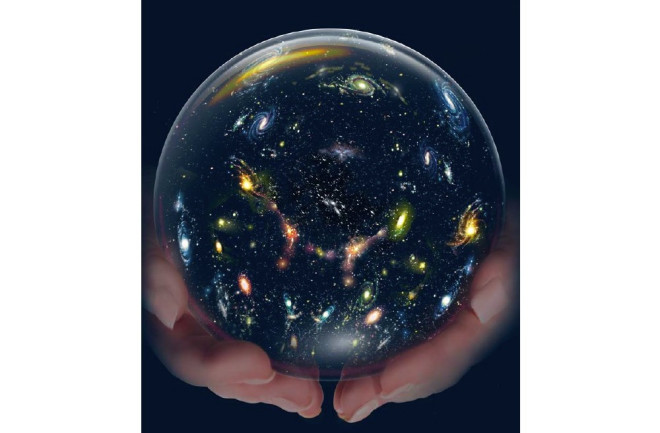This story originally appeared in the December issue of Discover magazine as "Is the Universe Infinite?" Support our science journalism by becoming a subscriber.
Where Is the Edge of the Universe?
We may never know.
By Eric Betz
Nov 6, 2020 8:45 PMNov 6, 2020 8:42 PM

(Credit: Jay Smith)
Newsletter
Sign up for our email newsletter for the latest science news
0 free articles left
Want More? Get unlimited access for as low as $1.99/month
Stay Curious
Sign up for our weekly newsletter and unlock one more article for free.
View our Privacy Policy
Want more?
Keep reading for as low as $1.99!
Already a subscriber?
Find my Subscription
More From Discover
Stay Curious
Subscribe
To The Magazine
Save up to 40% off the cover price when you subscribe to Discover magazine.
Copyright © 2025 LabX Media Group
